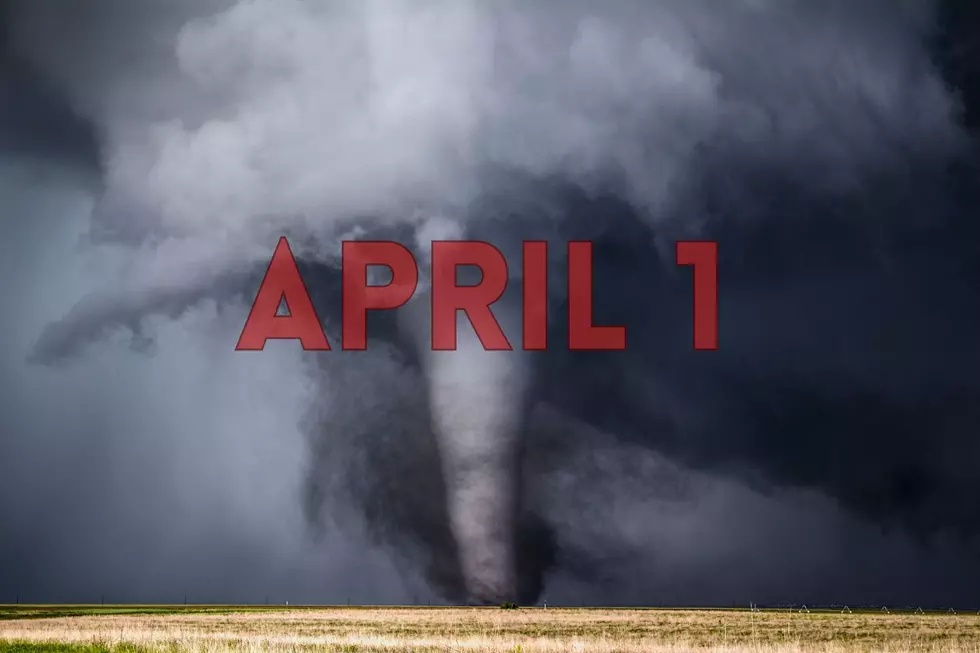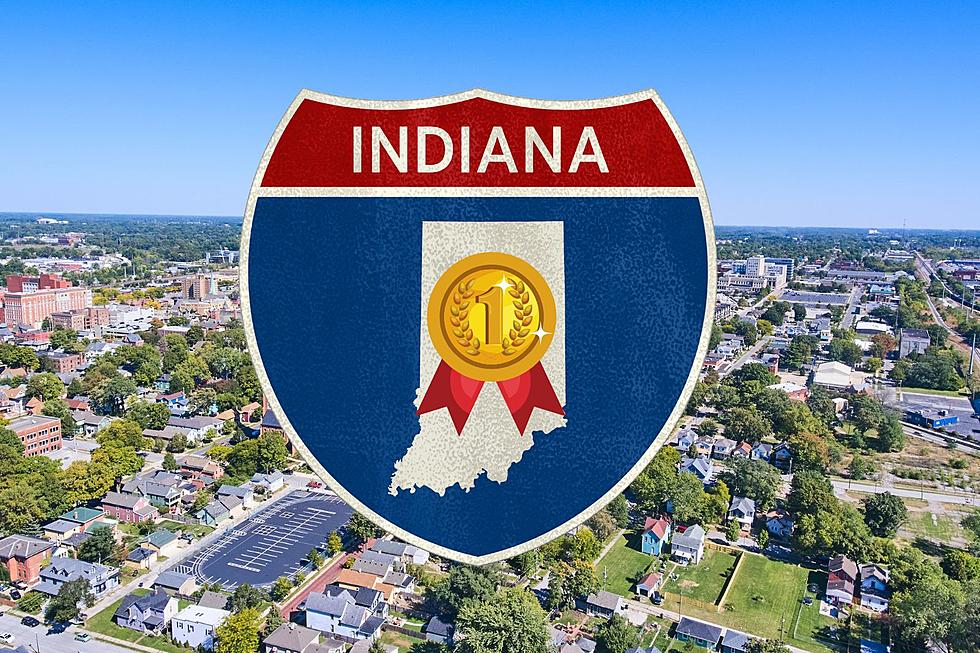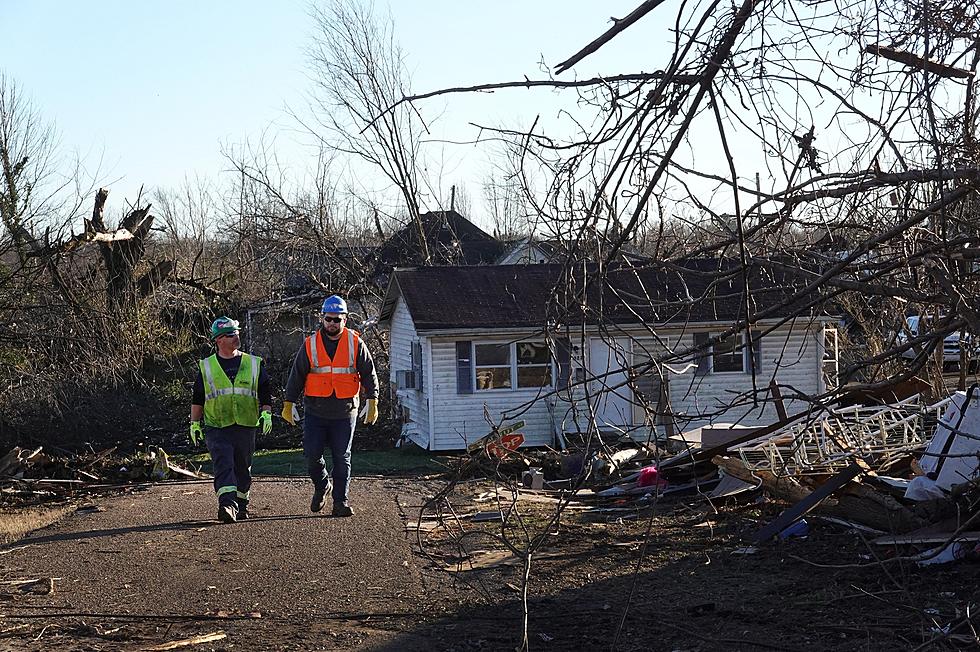
FEMA Warns of Extreme Heat Across Indiana & Illinois – 10 Tips to Stay Safe
As summer sizzles, it's crucial to be #SummerReady in Indiana and Illinois as FEMA Region 5 warns of scorching temperatures in the coming week. Extreme heat can be deadly, and it's essential to take precautions to stay safe. Below you will find low- or no-cost ways to protect yourself and your loved ones.
FEMA describes an extreme heat event as "periods of high heat and humidity with temperatures above 90 degrees for at least two to three days," and that is exactly what we have in store in the next week with temperatures expected to reach nearly 100 degrees in parts of Illinois and Indiana.
FEMA Region 5, which includes Indiana and Illinois, as well as Ohio, Wisconsin, Michigan, and Minnesota, emphasizes the importance of being prepared for extreme heat. They recommend that you practice these tips to stay safe in the extreme heat.

1. Stay Indoors and Cool: Limit your time outdoors and if you do not have air conditioning available in your home, it is advised that you find an air-conditioned indoor location, like a library, museum, or shopping mall, to beat the heat.
2. Ditch the Fan, Embrace A/C: Fans might create airflow, but they won't cool you down. Rely on air-conditioning to avoid heat-related illnesses.
3. Block the Heat: Keep unwanted heat out of your home by using awnings, curtains, and window coverings. Check door and window weather stripping to retain cool air.
4. Hydrate, Hydrate, Hydrate: Drink plenty of fluids, even if you don't feel thirsty, to stay hydrated and combat the heat.
5. Dress Wisely: Wear loose, lightweight, light-colored clothing, a hat, and sunscreen when outdoors to protect yourself from the sun's rays.
6. Cool Showers for Relief: Take cool showers or baths to lower your body temperature during extreme heat.
7. Check on Vulnerable Loved Ones: Look out for older adults, individuals with chronic medical conditions, and children who are at higher risk during extreme heat.
8. Know the Signs: Familiarize yourself with the symptoms of heat-related illnesses and act promptly if you or someone else shows signs of heat stroke including "red, hot and dry skin with no sweat," as well as a strong, rapid pulse, confusion, dizziness, or even unconsciousness. Call 911 if you suspect someone is having heat stroke.
9. Never Leave Kids or Pets in Cars: Heat can be deadly inside parked cars, so never leave children or pets unattended. It takes as little as ten minutes for the temperature inside of a car to rise by 20 degrees.
10. Stay Informed: Stay updated on health and safety advisories by following local news and weather updates.
By following these simple yet life-saving tips, you can stay #SummerReady and safeguard yourself and your community during extreme heat events. proactive, spread awareness, and beat the heat this summer!
KEEP READING: Get answers to 51 of the most frequently asked weather questions...
LOOK: The most expensive weather and climate disasters in recent decades
More From WDKS-FM
![Pickles Watched All Her Puppies Be Adopted & Is Ready for Her Own Family [Warrick Humane Society Pet of the Week]](http://townsquare.media/site/74/files/2024/04/attachment-pickles-newburgh-warrick-humane-society.jpg?w=980&q=75)








